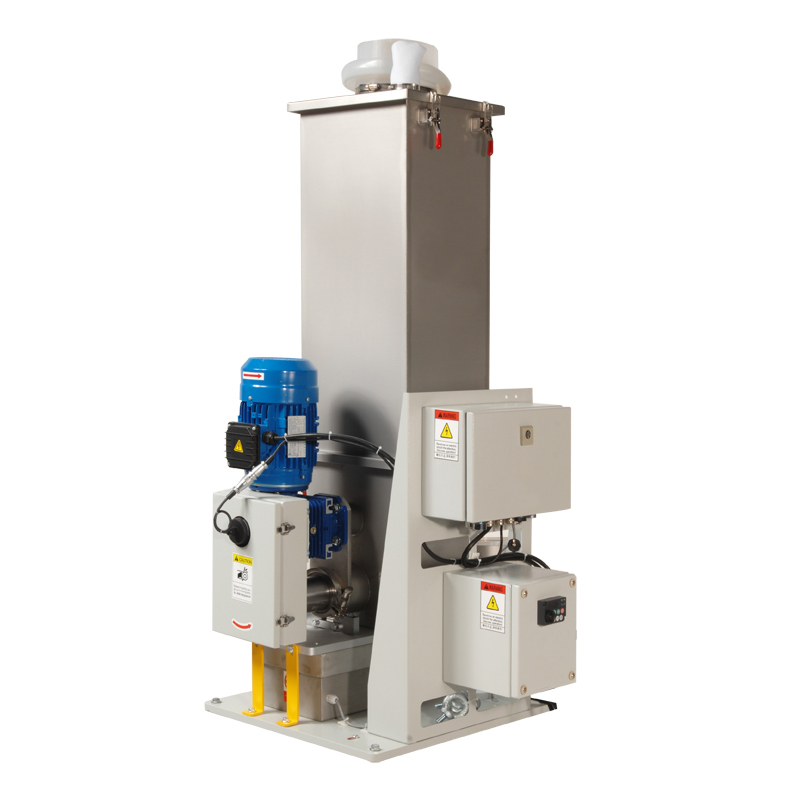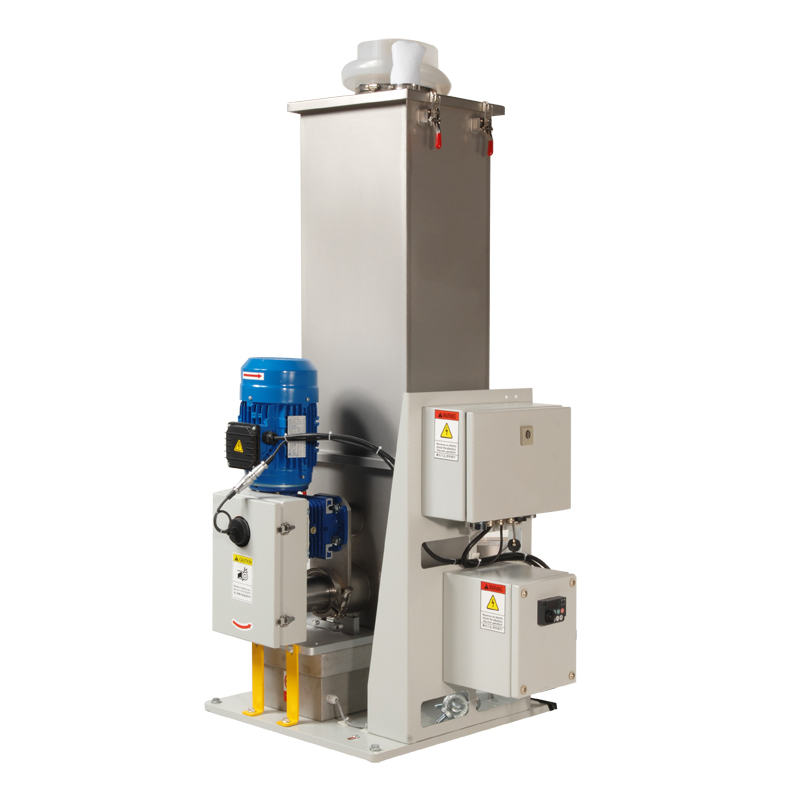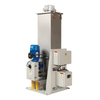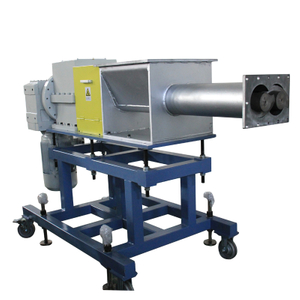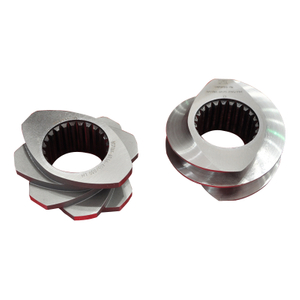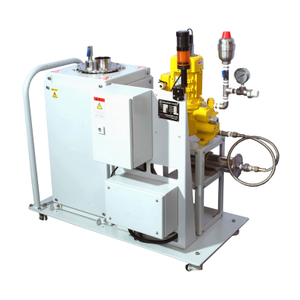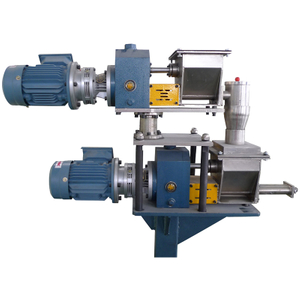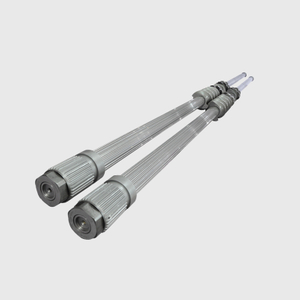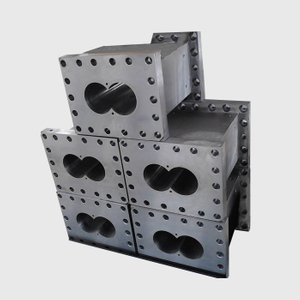● Loss-in-weight feeders have wide application range, granule, powder, calcium carbonate, talcum powder, resin film powder granule, flour, starch can be used.
● The mechanical components of the weightless feeder system, such as screw element, are easy to decompose, simple to assemble and easy to clean.
● Stable blanking performance, high precision, large optional range of conveying capacity.
● The static accuracy of weightless feeder reaches 0.1%. The dynamic accuracy of linearity and repeatability reached 0.3%.
● The control instrument of weightlessness scale is rwc-800cf with high precision, strong anti-interference and good real-time performance. The sensor adopts Ronan high-precision sensor module, and the sensor is sealed by laser welding, which has the advantages of high precision and good reliability, especially suitable for the application site with poor working conditions.
● Weightless feeder control system has strong flexibility. The weightless scale control system can realize manual and automatic control of feeding and feeding treatment, and realize manual and automatic conversion.

